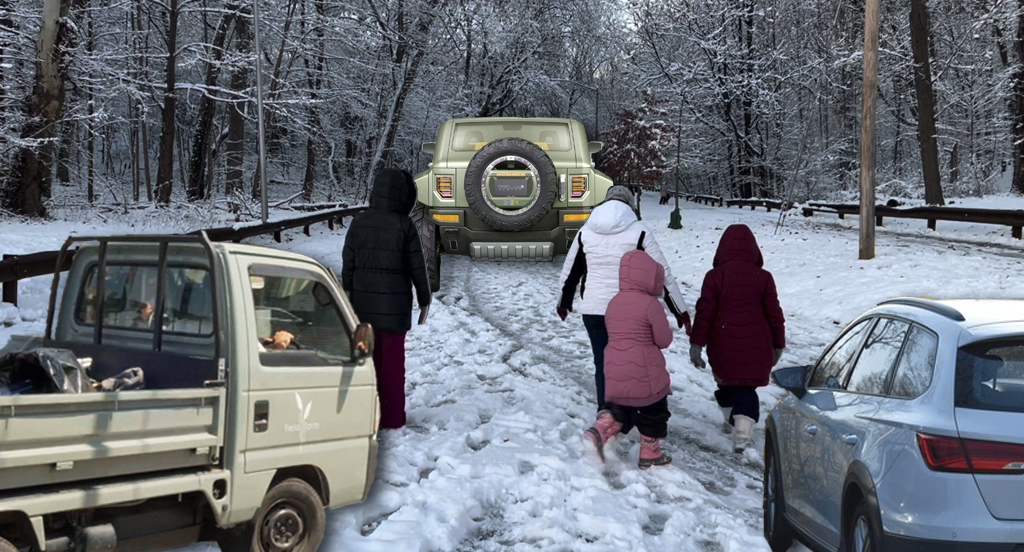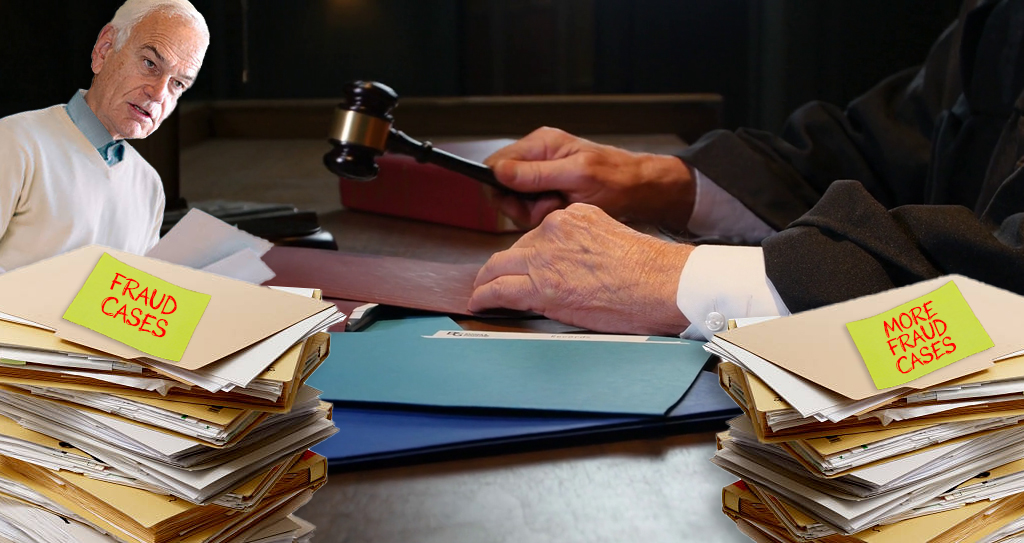Stop the "chaos at the curb."
A broad coalition of business interests, workers, and activists is demanding that the Adams administration curtail free car storage in order to stop the insanity in the city's streets — and to spur the city's recovery.
The coalition — uniting companies UPS, Lime, Citi Bike, and Doordash with the Trucking Association of New York, Los Deliveristas Unidos, Bike New York, Transportation Alternatives, Open Plans, CHECKPEDS, Riders Alliance, and StreetsPAC — urged Mayor Adams in a letter on Wednesday to "lead the charge on making curb space more productive, diverse, and recreational" — and thereby make streets safer for bikers and pedestrians and less clogged for long-suffering bus riders.
The group cited the explosion of online commerce, the bike boom, the spike in traffic fatalities caused by curb conflicts, the slowing of bus speeds, the popularity of outdoor dining, and the mountains of sidewalk trash impeding walkers as reasons for a new strategy.
The letter — bringing together private corporations that seldom sign on to activist initiatives with marquee members of the street-safety, workers' justice, and transit-advocacy communities — is the latest support for populist proposals that have been fought aggressively by car owners and their enablers in the political class and at community boards.
"The Adams administration has an incredible opportunity to transform New York City’s streetscape," the signatories wrote. "There are many demands on the curb and that balance is needed [but] "ad hoc" solutions that the city has pursued have had "many disastrous unintended consequences."
We teamed up with delivery workers & platforms, transit advocates, freight operators & micromobility companies to reimagine NYC’s curbspace.
— Open Plans (@OpenPlans) May 18, 2022
With the Mayor’s help, these 5 categories of bold solutions can make curbs work better - for businesses, people, & the environment. pic.twitter.com/sYXSzntNJF
Certainly, the coalition said, "many competing uses must be balanced against each other," but the city should "create a hierarchy of uses of the curb, with transportation, deliveries and sanitation being the highest priority, and free, long-term storage of private vehicles being the lowest priority in most areas."
Such a "new curb framework" would require the Department of Transportation to "allocat[e] curb space to those uses that ... serve the highest number of people" — an obviously swipe at cars, as a minority of New Yorkers own one.
The agenda includes:
- Commercial and neighborhood loading zones with adequate enforcement so that commercial trucks won't be forced to double park.
- Open Restaurants, with appropriate fees that don't burden restaurants and other small businesses.
- Short-term pick-up and drop-off zones for on-demand food, goods delivery, and Access-a-Ride clients.
- Physically separated and enforced bus lanes enabling faster speeds.
- Truly protected and enforced bike lanes.
- Secure bike parking.
- Local control of camera-based enforcement and the ability to lower speed limits.
- Improved safety at intersections for pedestrians, with daylighting and neckdowns and other traffic-calming measures.
- Curbside trash corrals and containerization, in order to "get trash off our sidewalks."
- More enforcement around street cleaning so that the streets are actually cleaned on street-sweeping days.
- Broader sidewalks and more plazas, parklets, and other public space.
- Expanded metered parking, with variable pricing and escalating pricing, in order to encourage parking turnover.
- The elimination or severe reduction of the number of city-issued parking placards issued and strictly enforced compliance.
The letter is a "watershed moment for the city's curb space," said Sara Lind, the policy director of Open Plans (a sister organization of Streetsblog) and a moving force behind the letter.
"[This year] is shaping up to be a landmark year not only for micromobility, public space, and delivery volume, but also traffic violence and death," she said. "It’s clear that we need innovative solutions for our curbs now. This set of recommendations balances the needs of transportation, recreation, and commerce and reflects the voices of the city’s delivery workers, business leaders, and community advocates."






